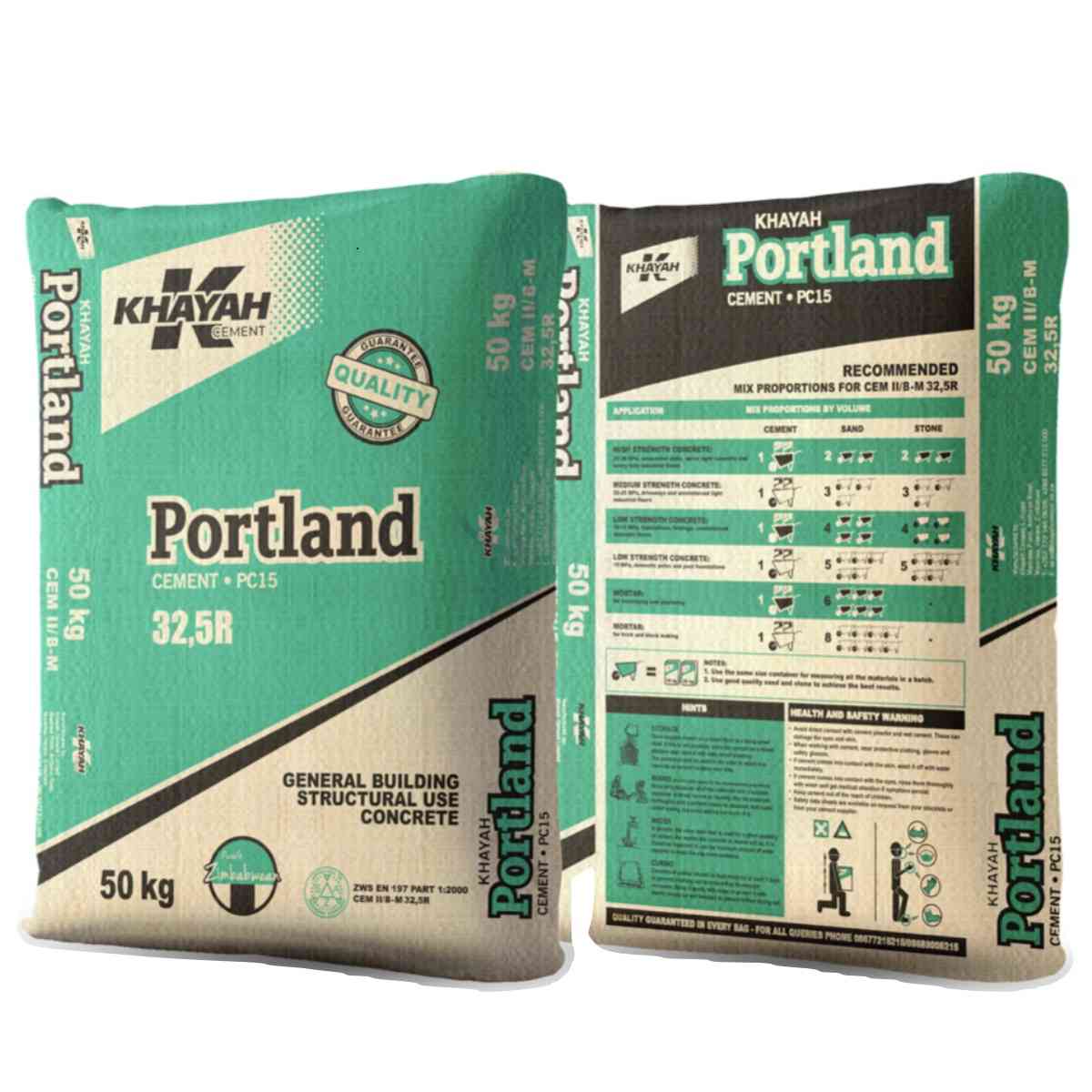
THE Reserve Bank of Zimbabwe (RBZ) has projected that interest rates will fall to between 11% and 20% this month through market processes.
Speaking at the Zimbabwe International Trade Fair (ZITF) international business conference in Bulawayo yesterday, RBZ deputy governor Innocent Matshe said several measures taken by the central bank early this month, including the launch of the new currency, would stabilise the economy.
“A question has been asked, what will then happen to interest rates? I can tell you without a shadow of doubt that those rates have fallen through market processes from 130% to 20%,” he said.
“We are awaiting data for this month and I can promise you that through these mechanisms, those interest rates will not be above 28%. Now these will spread be between 11% and 20%.
“Why is this the case? Because of the inflation differentials between the ZWL [Zimdollar] that we used to use and our new currency, which is anchored in our own resources.”
He said efficient management of liquidity and money supply was at the core of the policy of the reserve bank going forward.
“I should add that the strict adherence to statutory limits on the reserve bank lending will be observed as well,” he said.
Matshe said the structured currency should result in the dissipation of the country’s key problem, which is inflationary pressures linked to economy fundamentals.
- Awards target married couples
- Awards target married couples
- SanganaiHlanganani Expo dates set
- Mayhem as schools reject Zimdollar fees
Keep Reading
Therefore, Zimbabwe Gold (ZiG) was launched to facilitate the country’s ability to control its own destiny, he said.
“Inflationary expectations are anticipated to be well anchored towards the observed trend of domestic USD (United States dollar) inflation. Why? Because ZiG is anchored into the basket of our own resources.
“Not one ZiG is going to be issued that is not unbacked by our own reserves. Inflation expectations, therefore, will be anchored on the prices that will be pertaining in the open market.”
The deputy governor noted that the bank will continue with strict liquidity management to mitigate against shocks that cause spikes in the exchange rate.
“So what are the implications on industrialisation and trade? Firstly, Zimbabwe’s economy has been growing despite exchange rates and inflation instability,” he said.
“Honourable Minister (Finance minister Mthuli Ncube) here will tell you that the economy has been growing at an average of about 6%. And of course, because of some external pressures last year and drought this year, those rates might be tempered.
“Certainty and predictability of prices will allow long term planning and investment, which is key for industrialisation.”
He said evidence has shown that general macroeconomic stability had been key to attract both domestic and foreign direct investment.
“So as we innovate, let’s not forget that we can actually industrialise through innovations that come with serendipity,” he noted.
“Stability in the exchange rate and inflation are key for competitiveness of our exports and there is potential for increased capacity utilisation and expansion of the production of the productive base.
“Why do I say so? We have seen, as I said, the economy grow with instability. Now we are anchoring that growth and we are doing so as Zimbabweans through our own currency.”
Matshe said the increased use of the local currency will be critical to enter competitiveness, industrialisation and trade.
“Why is this the case? Because low and stable inflation rates will abound. Stable prices will smoothen pricing along value chains and improve supply of domestic goods in the economy. Low and stable prices will support formalisation and boost trade.
“It is not a secret that most companies’ supply of goods comes through informal trade, but we will enter this through a process that will be market-led by stable and low prices that will boost trade.
“Low and stable inflation rates preserve the value of incomes, wages and purchasing power, which will boost domestic aggregate demand and support industrialisation and trade.”
He also said low and stable inflation rates will bring sanity and predictability to collective bargaining processes, which will underpin increased workers morale and labour productivity.
“Now, overall, low end stable prices therefore, will boost production, increase employment and raise wages and salaries,” he added.










